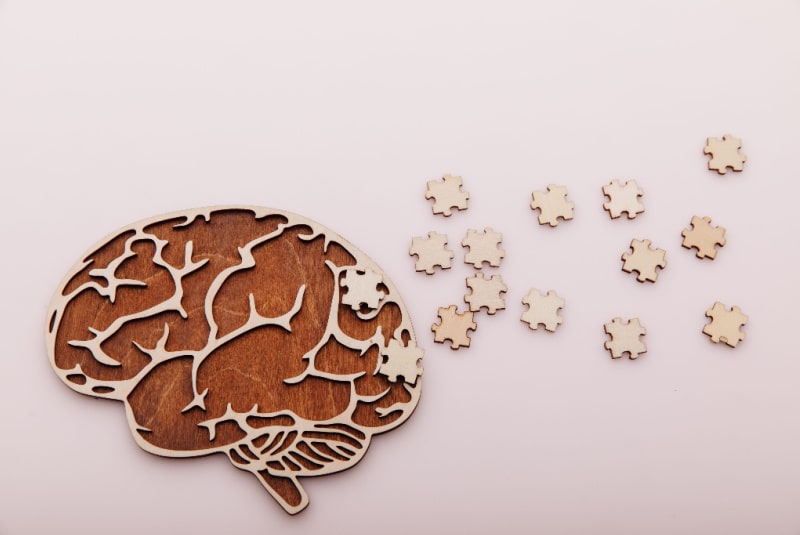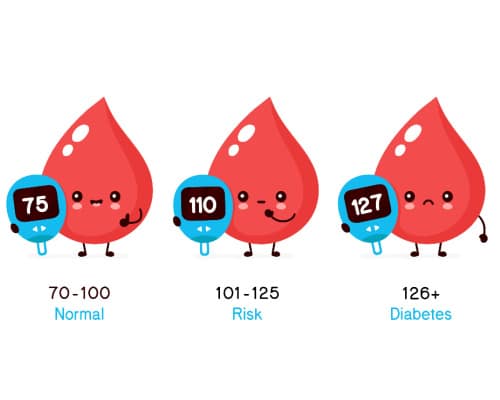
The Correlation Between Type 3 Diabetes and Alzheimer’s Disease
Diabetes mellitus (diabetes for short) is a health condition where your body has difficulty converting sugar to energy. Diabetes has been documented since 1552 B.C, when Hesy-Ra, an Egyptian physician, documented the symptom of frequent urination as a symptom of a mystery disease that also caused emaciation.
As of today, there are more than 37 million Americans that have diabetes which is about one in ten people with more than 90% having type 2. Diabetes is one of the most prominent diseases with 1.4 million more people being diagnosed each year and being the cause of blindness, kidney failure, heart attack, strokes, and limb amputation. Diabetes also has several different symptoms including:
- Frequent urination especially at night
- Extreme thirst
- Weight loss
- Increased hunger
- Blurry vision
- Numb or tingling hands or feet
- Increased exhaustion
- Dry skin
- Sores that heal slowly
- More infections than usual
- Irritability or other mood changes
- Presence of ketones in urine
When it comes to diagnosing diabetes, there are three distinct kinds that all have the commonality of high blood sugar levels. The three recognized types of diabetes are:
Type 1 Diabetes (T1DM) which is when your body’s endocrine part of pancreas does not produce enough hormone insulin and your blood sugar levels become too high
Type 2 Diabetes (T2DM) is when your body develops resistance to insulin and your blood sugar level increases as a result.
Gestational Diabetes (GDM) specifically occurs during pregnancy and blood sugar level is too high during pregnancy.

“Even slight elevations in blood sugar have been shown to increase the risk of Alzheimer’s disease.” – David Perlmutter
To further support the evidence that diabetes is one of the prominent, devastating but common diseases of our time, check out these gathered statistics below:
- It is estimated that by 2045 the global diabetes prevalence will surpass 12%. (Statista, 2021)
- It is expected that the number of people with the condition will increase by 134% in Africa, 68% in South-East Asia, and 13% in Europe. (Statista, 2021)
- 283,000 Americans under the age of 20 are estimated to have the disease. (ADA, 2022)
- 29.2% or 15.9 million American seniors aged 65+ have diabetes. (ADA, 2022)
- 23% or 8.5 million American adults with diabetes are undiagnosed. (CDC, 2020)
- One person dies every five seconds due to this condition. This accumulates to 6.7 million deaths. (IDF Diabetes Atlas, 2021)
- Diabetes type 1 statistics show that around 10% of people that have the disease have type 1. (IDF Diabetes Atlas, 2021)
- 90 to 95% or around 33 to 35 million diabetic Americans have type 2. (CDC, 2020)
- The number of people in the U.S. is expected to rise to 38 million by 2025. (Statista, 2021)
- The U.S.’s average cost per patient is the highest at $12,000. (Statista, 2021)
The Discovery of Type 3
While not recognized as a health condition officially and considered a research term over medical, type 3 diabetes is a condition that is linked with Alzheimer’s disease, a form of vascular dementia the most common form of dementia in the United States.
Research states that type 3 diabetes occurs when the neurons in the brain become unable to respond to insulin, which is essential for basic tasks such as memory and learning. Researchers believe that this insulin deficiency is directly connected to the cognitive decline of Alzheimer’s disease.
Alzheimer’s disease is a prevalent, incurable disease that affects over 55 million people with 10 million new cases every year. Alzheimer’s disease also carries a hefty price tag with a global cost of $1.3 trillion and is expected to rise to $2.8 trillion by 2030. Beyond that check out these eye-opening statistics provided by alz.org just to see how prevalent Alzheimer’s is:
- 1 in 3 seniors die of Alzheimer’s or another dementia. It kills more than breast cancer and prostate cancer combined.
- Deaths from Alzheimer’s have more than doubled between 2000 and 2019.
- People living with Alzheimer’s or other dementias have twice as many hospital stays per year as other older people.
- A person is diagnosed with dementia once every 64 seconds.
- After the age of 65, 1 in 10 adults has dementia.
- One in every eleven men will develop dementia.
- One in every six women will develop dementia.
While research is still happening with type 3 diabetes, there are some hypotheses that suggest that insulin-degrading enzymes may shift type 2 diabetes to type 3 by altering the metabolic pathways which has the possibility to result in oxidative stress and beta-amyloid in the brain – both prominent characteristic of Alzheimer’s disease.

Doctors do not currently use type 3 diabetes as a diagnostic term, they can diagnose Alzheimer’s disease using a combination of physical and mental tests, neurological exams, and brain imaging. They also have had the ability to narrow down risks and symptoms to try and help individuals and their loved one’s spot type 3 diabetes and ALzherimer’s disease as early as possible.
Risks
- A diet high in calories, sugar, and fat but low in fiber
- Low socioeconomic status
- Stress
- Lack of physical activity
- Genetics
- Family history
- Birth weight
Symptoms
- Memory loss that begins to affect daily life and social interactions
- Increased difficulty completing familiar tasks
- Misplacing things more often
- Decreases ability to make judgements
- Sudden changes in personality
Treatment is possible but there are separate treatment options for people who have pre-type 2 diabetes, type 2 diabetes and Alzheimers. These treatments include making lifestyle changes, beginning exercising, a diet low in fat and rich in fruits and vegetables and quitting smoking.
If you have both type 2 diabetes and Alzheimer’s, treatment for the diabetes is important in slowing down the progression of dementia. Patients can also use anti-diabestes drugs such as metformin and insulin to reduce the risk of developing diabetes-induced brain damage.
In addition, acetylcholinesterase inhibitors like donepezil, galantamine or rivastigmine can be prescribed to help your body’s cells communicate with one another while memantine and NMDA-receptor antagonist can help reduce symptoms and low the progression of Alzheimer’s disease. Another option is psychotropic drugs such as antidepressants and anti-anxiety medications to help with dementia symptoms like depression and mood swings, some people require a light dose of antipsychotic therapy as well.



